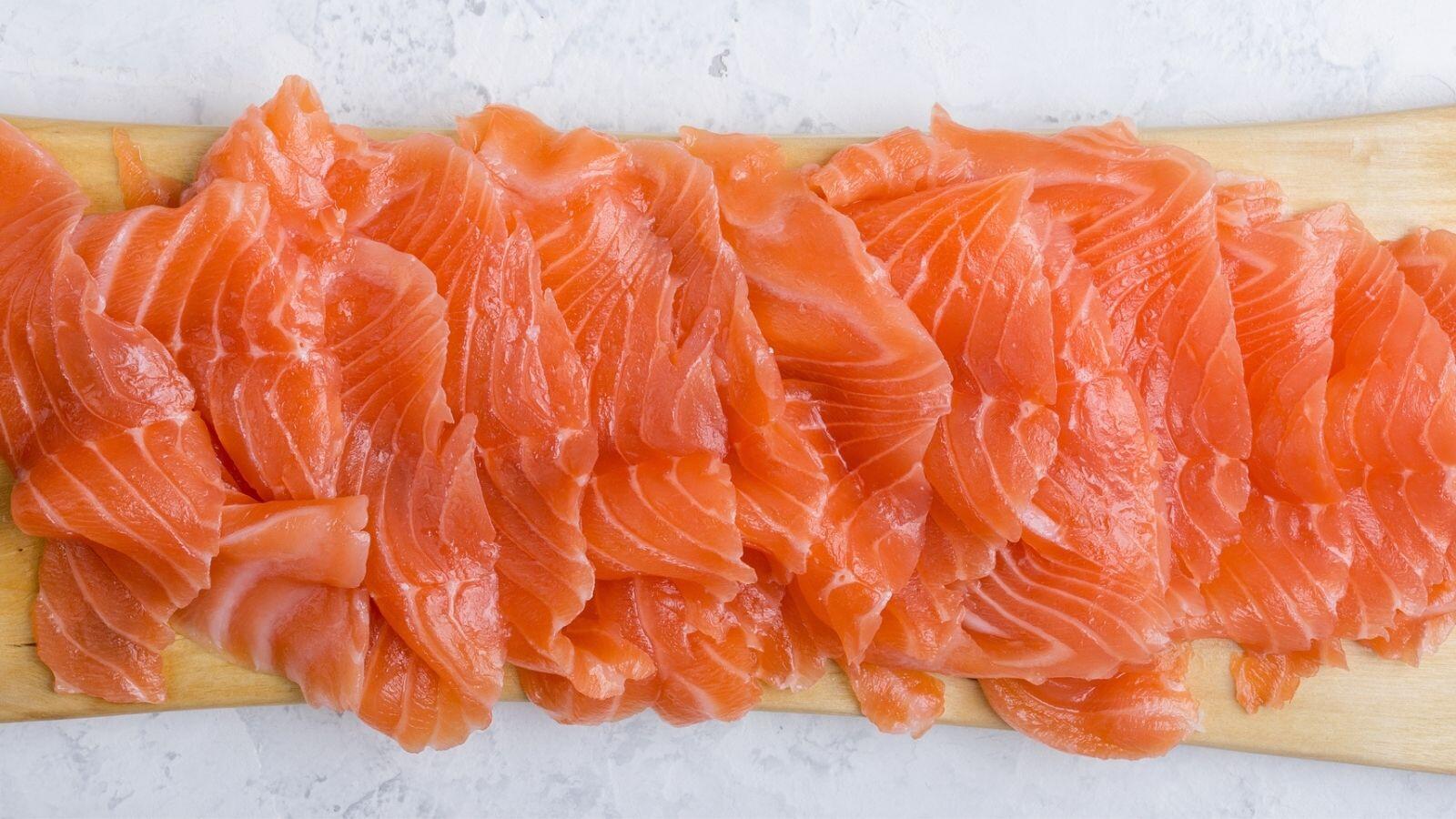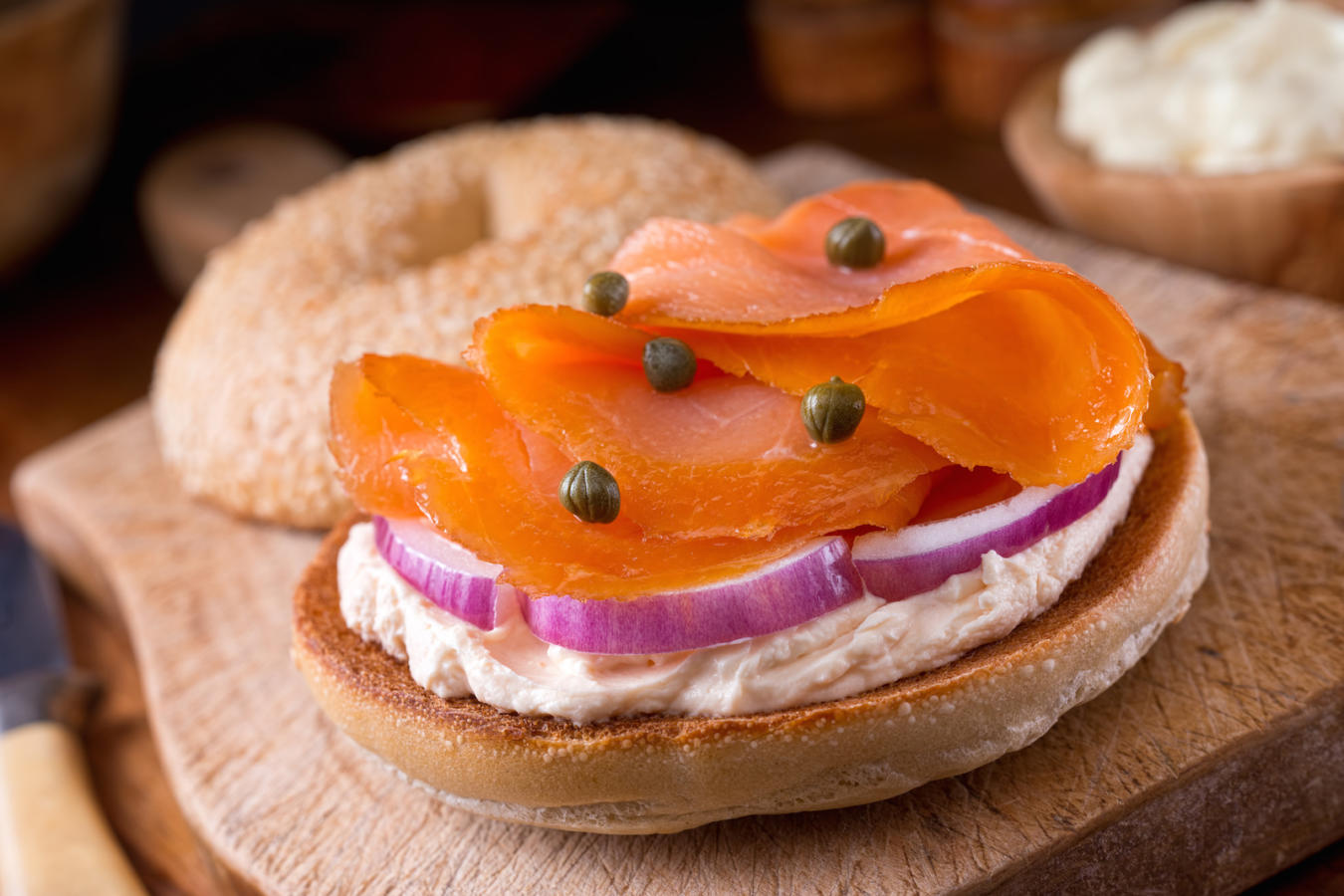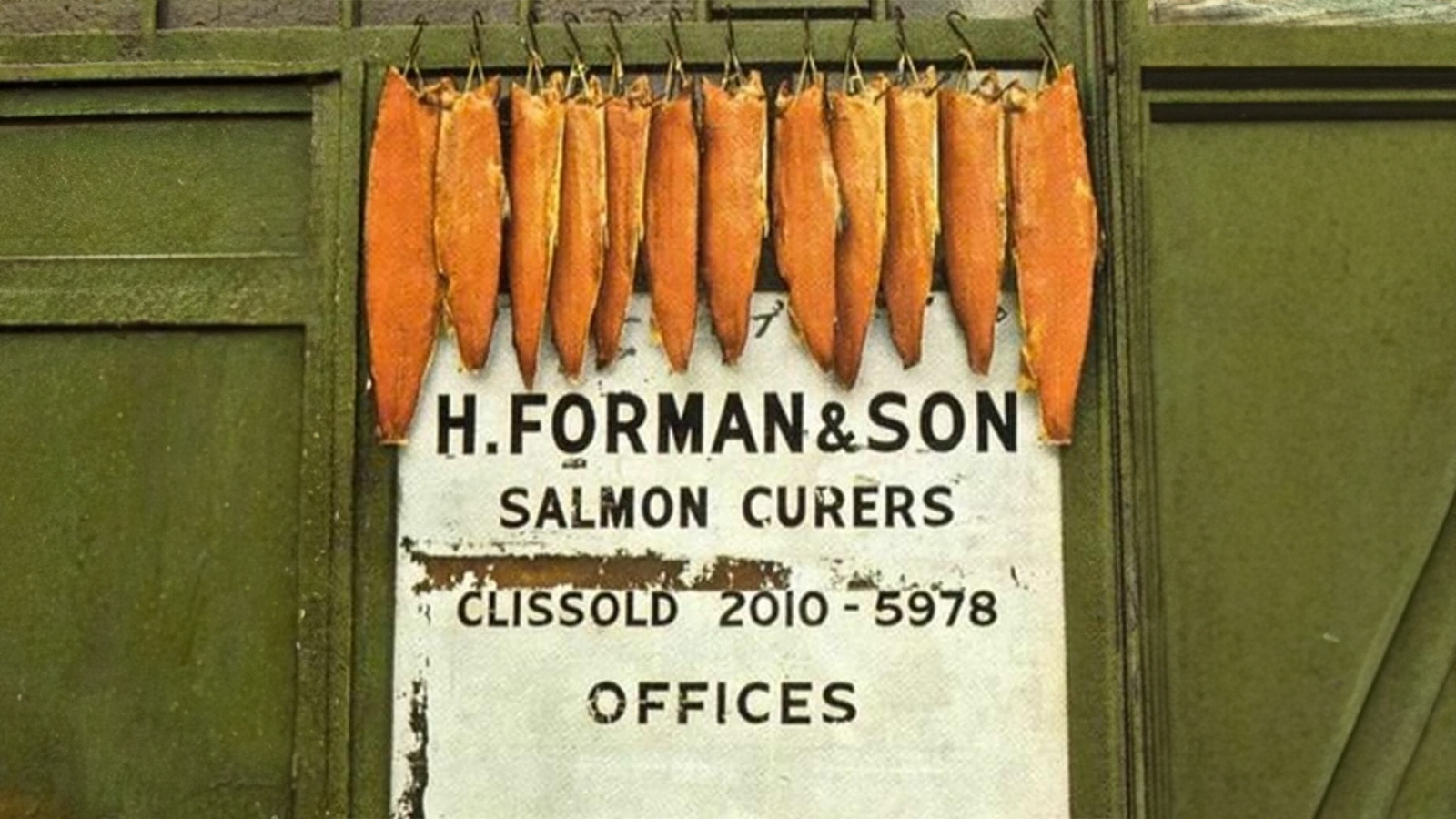In the late 19th century, Aaron “Harry” Forman, fled the pogroms of Odessa and arrived in London’s East End, where he settled with approximately 150,000 other Jewish refugees. The newly formed community slowly settled in and found their feet in their chosen trades. At the time, in their native Eastern Europe, smoking salmon was a popular way of preserving fish due to no refrigeration, and became a prevalent trade for Jews arriving in London. Beforehand in the U.K., smoking fish was only done in Scotland, where they used heavy smoke to cure fish such as kippers.
Harry Forman and his son Louis opened H. Forman & Son in 1905, and their entrepreneurial spirit set them apart almost immediately. Instead of importing fish from the Baltics in barrels filled with seawater, as other Jewish smoked salmon producers were doing, they sourced Scottish salmon at Billingsgate Fish Market, which is, to this day, arguably London’s best and oldest fish market. Not only was the quality of the Scottish salmon far superior to what others were importing from overseas, the import times were only four days rather than several weeks. In addition, the fat lines and density in the Scottish fish makes them better for smoking, all of which lead to a superior product.
While the Jewish community were the main manufacturers and masters at making this beautiful product, they were certainly not the ones eating it. Smoked salmon was expensive, and reserved for the British upper class, including royalty and aristocracy.
Still, the Jews were dedicated to their trade. It’s a painstaking process to smoke salmon by hand; starting with salting the fish and leaving it for 24 hours before air drying it. Only then is it lightly smoked using oak blocks that are burnt using friction. This was not originally done just for the flavour, but as a way to preserve the fish, as the smoke creates an anti-bacterial seal, which was crucial in the days before refrigeration. This process was coined the famous “London Cure.”
The Nosher celebrates the traditions and recipes that have brought Jews together for centuries. Donate today to keep The Nosher's stories and recipes accessible to all.
As time went on, many of the original smoke houses invested in machinery and shortcuts to modernize the process, but Harry Forman insisted on staying true to his techniques and recipes, doing everything by hand. It was this that set the company apart.
It wasn’t long before they moved into the wholesale business, becoming the first gourmet smoked salmon product in London, supplying high-end stores like Harrods and Fortnum & Mason.
The industry blossomed throughout the 20th century, and word of London’s famous smoked salmon spread; it was not long before word had reached the Jewish community in America, who’d established a love affair with a different type of salmon.

The Scandinavians also have a rich history in preserving fish. Their famous gravlax is brined in a cure that uses salt and sugar, along with herbs for flavoring, to preserve the fish, rather than smoke. It was this technique that the Americans fell in love with, and the name gravlax evolved to “lachs” and then, of course, the famous “lox”.
By the 1970s the world was changing, and Western supermarkets were offering more mass-produced food so that the consumer could indulge in luxurious smoked salmon at a fraction of the price. Farmed salmon was introduced, and methods of creating the smoky flavour without the actual smoke, such as pricking the fish with needles and spraying it with liquid smoke, meant that “smoked salmon” was now available to the masses. However, Harry and Louis refused to invest in shortcuts or change their production methods, which helped maintain their exquisite quality.
Lance Forman, Harry’s great-grandson, has said that during the long process of drying and salting the salmon, nearly 30% of the salmon’s weight is lost. While this is incredible for concentrating the flavor of the fish, it isn’t a good way to keep the price down. However, H. Forman & Son have stuck to their niche, and diversified to create an incredible range of smoked fish products that ship all over the world, ensuring Harry’s legacy lives on.

It is hard to think of the Jewish community without thinking of our beloved kneidlach, kugel and bagels — which, of course, must be schmeared with cream cheese and topped with smoked salmon or lox. Either way, these products are so ingrained in the Jewish kitchen they are now part of our culinary DNA, and it’s a safe assumption they’ll be around for many years to come.



